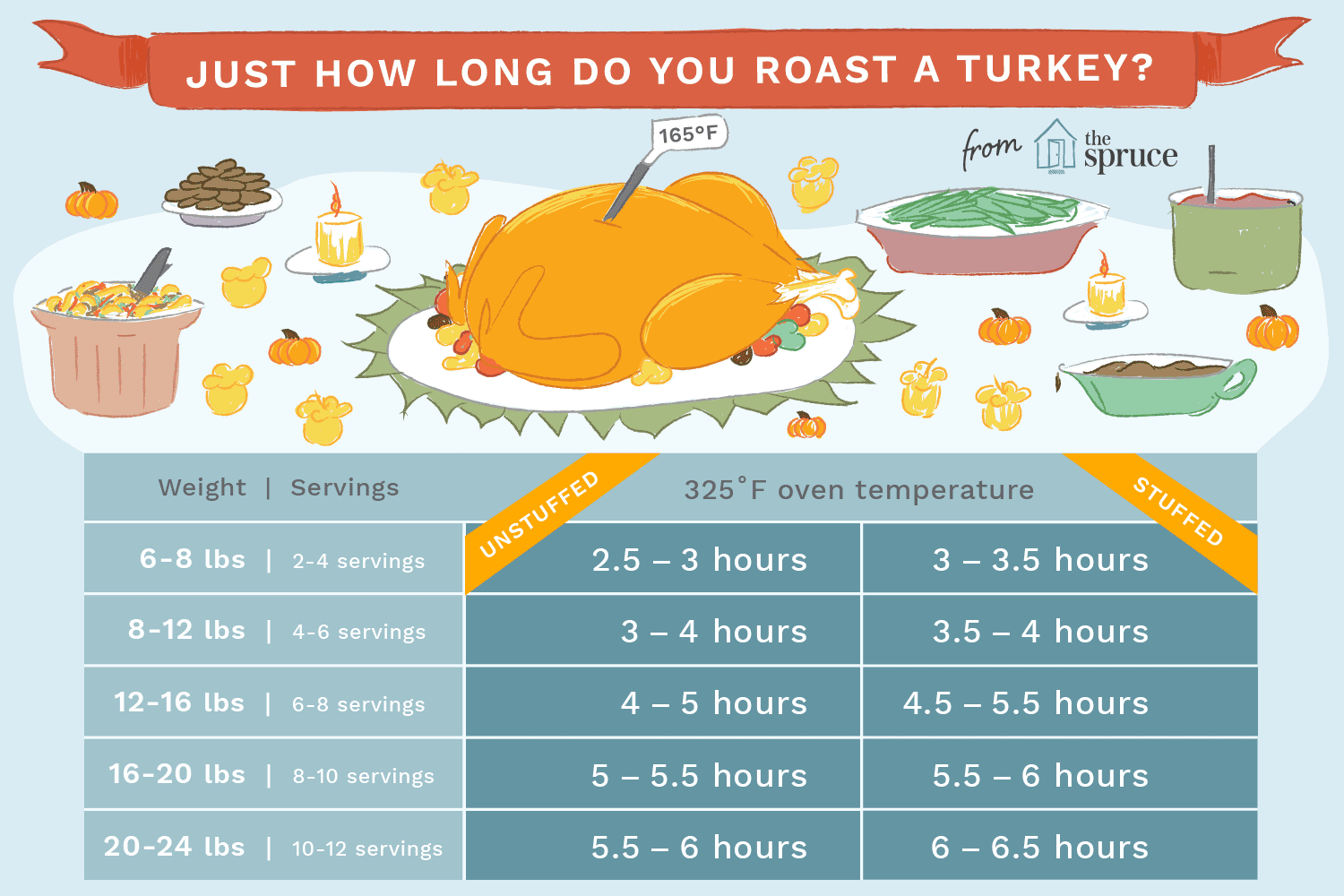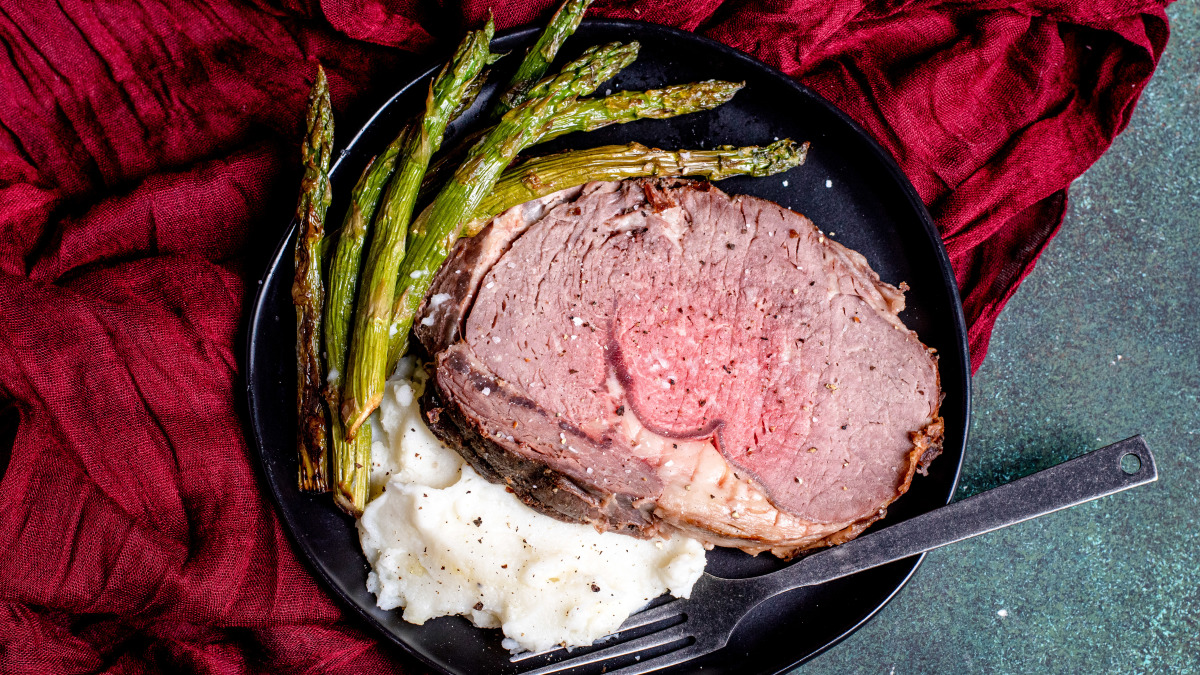Tim Cook
Background and Early Life
Tim Cook was born in Mobile, Alabama, and grew up in nearby Robertsdale. His upbringing in the southern United States instilled in him a strong work ethic and values rooted in community and respect. Tim Cook was a standout student, eventually attending Auburn University, where he earned a Bachelor of Science in Industrial Engineering. His academic prowess didn’t go unnoticed, leading him to further his education at Duke University’s Fuqua School of Business, where he obtained an MBA.
Tim Cook early career was marked by roles in prominent companies like IBM, where he spent 12 years, eventually becoming the Director of North American Fulfillment. His time at IBM was foundational, giving him deep insights into supply chain management—a skill that would later prove invaluable at Apple.
Tim Cook at Apple
In 1998, Tim Cook made a pivotal career move by joining Apple as Senior Vice President for Worldwide Operations. At the time, Apple was struggling with inefficiencies in its supply chain, and Tim Cook was tasked with turning things around. His approach was straightforward: simplify and streamline. He closed factories and warehouses, replacing them with contract manufacturers and improving operational efficiency.
Under Tim Cook leadership, Apple’s operational model became one of the most efficient in the world, allowing the company to launch products quickly and at a scale that was unprecedented in the tech industry. Tim Cook impact was immediate, and it wasn’t long before he was recognized as a key player in Apple’s resurgence.

Turkey Cooking Time
Importance of Proper Cooking Time
Cooking a turkey to perfection is both an art and a science. The importance of proper cooking time cannot be overstated, as undercooking or overcooking can lead to disappointing results. A turkey that’s undercooked poses serious health risks due to the potential presence of harmful bacteria like Salmonella. On the other hand, overcooked turkey tends to be dry and tough, making it less enjoyable to eat.
The ideal cooking time for a turkey depends on several factors, including its weight, whether it’s stuffed, and the cooking method used. Generally, a good rule of thumb is to cook the turkey at 325°F for 13-15 minutes per pound if it’s unstuffed, and 16-17 minutes per pound if it’s stuffed.
Ensuring that the turkey is cooked evenly is also crucial. Using a meat thermometer is the best way to gauge doneness, with the internal temperature needing to reach at least 165°F in the thickest part of the bird. By paying close attention to cooking time, you can ensure your turkey is both safe to eat and delicious.
Different Methods of Cooking Turkey
There are various methods for cooking a turkey, each with its own unique set of guidelines and cooking times. The most traditional method is roasting, where the turkey is cooked in an oven at a consistent temperature. However, other popular methods include frying, smoking, and even slow cooking.
Roasting is perhaps the most straightforward method, allowing the turkey to cook evenly while developing a crispy skin. Frying, on the other hand, is much quicker and results in a juicy, flavorful turkey, but requires careful attention to avoid accidents. Smoking the turkey imparts a rich, smoky flavor but takes longer, often requiring several hours of cooking time.
Each method offers a different experience, and the choice of method will influence the overall cooking time and the turkey’s flavor and texture.

New York Times Cooking
Overview of NYT Cooking
New York Times Cooking is an online recipe database and cooking guide created by The New York Times. Launched in 2014, it quickly became a go-to resource for both novice and experienced cooks. The platform offers a vast collection of recipes, ranging from classic dishes to modern, innovative cuisine.
What sets NYT Cooking apart from other recipe sites is the quality of its content. Recipes are meticulously tested and often come with detailed instructions and tips from professional chefs. The site also features cooking guides, meal planners, and a robust search function, making it easy to find recipes based on ingredients, cuisine, or dietary restrictions.
NYT Cooking isn’t just a recipe database; it’s a culinary experience. The platform encourages users to explore new flavors and techniques, making cooking an enjoyable and educational process.

Hard Boiled Eggs Cooking Time
Basics of Boiling Eggs
Boiling eggs seems like a simple task, but achieving the perfect hard-boiled egg requires some attention to detail. The basics start with choosing the right eggs. Fresher eggs are harder to peel, so slightly older eggs are often preferred for boiling.
The next step is to place the eggs in a pot and cover them with cold water. Bringing the water to a boil and then turning off the heat while letting the eggs sit in the hot water for a specific time is a common method. The timing is crucial; too little time and the yolk will be undercooked, too much time and the yolk may develop a greenish ring around it.
Factors Affecting Cooking Time
Several factors can affect the cooking time of hard-boiled eggs. The size of the eggs, the starting temperature of the water, and even the altitude at which you’re cooking can all influence how long the eggs need to cook.
For large eggs, a general guideline is to let them sit in the hot water for about 10-12 minutes. However, if you’re at a higher altitude, you may need to increase the time slightly to account for the lower boiling point of water. Similarly, if you start with eggs straight from the refrigerator, they may take a bit longer to cook than eggs that are at room temperature.
By understanding these factors, you can adjust your cooking time to achieve perfectly boiled eggs every time.

Prime Rib Cooking Time
Understanding Prime Rib
Prime rib is a classic cut of beef that’s prized for its rich flavor and tender texture. It’s often reserved for special occasions due to its cost and the care required in cooking it properly.
The prime rib is cut from the primal rib section of the cow and usually includes the ribeye muscle, which is marbled with fat. This fat is what gives the prime rib its distinctive flavor and tenderness when cooked.
Understanding the different grades of prime rib, such as USDA Prime, Choice, or Select, can also help you choose the best cut for your needs. USDA Prime is the highest quality, with the most marbling, while Choice and Select have less marbling but are still excellent choices for roasting.
Ideal Cooking Temperatures and Times
Cooking prime rib to the right temperature is crucial to ensure it’s tender and juicy. The ideal cooking temperature is usually 325°F, and the cooking time depends on the weight of the roast and the desired level of doneness.
A general rule of thumb is to cook the prime rib for about 15 minutes per pound for medium-rare, 20 minutes per pound for medium, and 25 minutes per pound for well-done. Using a meat thermometer is the best way to ensure the roast reaches the desired internal temperature, which should be 130°F for medium-rare, 140°F for medium, and 150°F for well-done.
Allowing the roast to rest after cooking is also important. Resting helps the juices redistribute throughout the meat, resulting in a more flavorful and tender prime rib.

FAQs
Tim Cook
Q: What is Tim Cook’s leadership style?
A: Tim Cook leadership style is collaborative, disciplined, and inclusive. He emphasizes teamwork, listens to his employees, and advocates for social issues such as privacy, environmental sustainability, and human rights, Tim Cook leadership style is known for its collaborative approach and inclusivity, which has significantly influenced Apple’s culture.
Q: What are some innovations introduced under Tim Cook?
A: Under Tim Cook, Apple introduced products like the Apple Watch, AirPods, and expanded services like Apple Music, Apple Pay, and Apple TV+. He has also focused on augmented reality (AR) and artificial intelligence (AI).
Q: How did Tim Cook start his career?
A: Tim Cook started his career at IBM, where he worked for 12 years and rose to the position of Director of North American Fulfillment. He later joined Apple in 1998 as Senior Vice President for Worldwide Operations.
Turkey Cooking Time
Q: How long should I cook a turkey per pound?
A: At 325°F, cook an unstuffed turkey for about 13-15 minutes per pound. For a stuffed turkey, cook for about 16-17 minutes per pound.
Q: Should I brine my turkey before cooking?
A: Brining is recommended as it helps the turkey retain moisture, resulting in juicier meat. You can brine the turkey in a solution of water, salt, and sometimes sugar and spices.
Q: What’s the safest way to check if my turkey is done?
A: Use a meat thermometer to check the internal temperature. The turkey is safe to eat when it reaches an internal temperature of 165°F in the thickest part of the breast and thigh.
New York Times Cooking
Q: What makes New York Times Cooking unique?
A: NYT Cooking stands out for its high-quality, tested recipes, comprehensive cooking guides, and tools like the Recipe Box and meal planners. It also fosters a strong community where users can share tips and experiences.
Q: Can I save recipes on NYT Cooking?
A: Yes, you can save your favorite recipes in the Recipe Box for easy access later. This feature helps you organize and plan your cooking.
Q: What are some popular recipes on NYT Cooking?
A: Popular recipes include Jim Lahey’s No-Knead Bread, Mark Bittman’s Spaghetti Carbonara, and Melissa Clark’s Lemon Ricotta Pancakes, among others.
Hard Boiled Eggs Cooking Time
Q: How long should I cook hard-boiled eggs?
A: For fully hard-boiled eggs, let them sit in hot water for 11-12 minutes after bringing them to a boil. For softer yolks, 9-10 minutes is sufficient.
Q: Why do my hard-boiled eggs have a green ring around the yolk?
A: The green ring forms when eggs are overcooked. It’s harmless but indicates that the egg was cooked for too long. To avoid this, use a timer and transfer the eggs to an ice bath immediately after cooking.
Q: How can I make peeling hard-boiled eggs easier?
A: To make peeling easier, place the eggs in an ice bath after boiling. This helps separate the egg white from the shell, making it easier to peel.
Prime Rib Cooking Time
Q: What’s the best temperature to cook prime rib?
A: The ideal temperature to cook prime rib is 325°F. For medium-rare, cook for about 15 minutes per pound; for medium, about 20 minutes per pound; and for well-done, about 25 minutes per pound.
Q: Should I let my prime rib rest after cooking?
A: Yes, it’s important to let the prime rib rest for at least 15-20 minutes after cooking. Resting allows the juices to redistribute throughout the meat, ensuring it stays moist and flavorful.
Q: What’s the reverse sear method for cooking prime rib?
A: The reverse sear method involves cooking the prime rib at a low temperature first and then searing it at a high temperature at the end. This technique creates a crispy crust while keeping the inside tender..
Learn more about Dominate Roblox Parvus Hub Bad Business Script 100% and its key insights.














